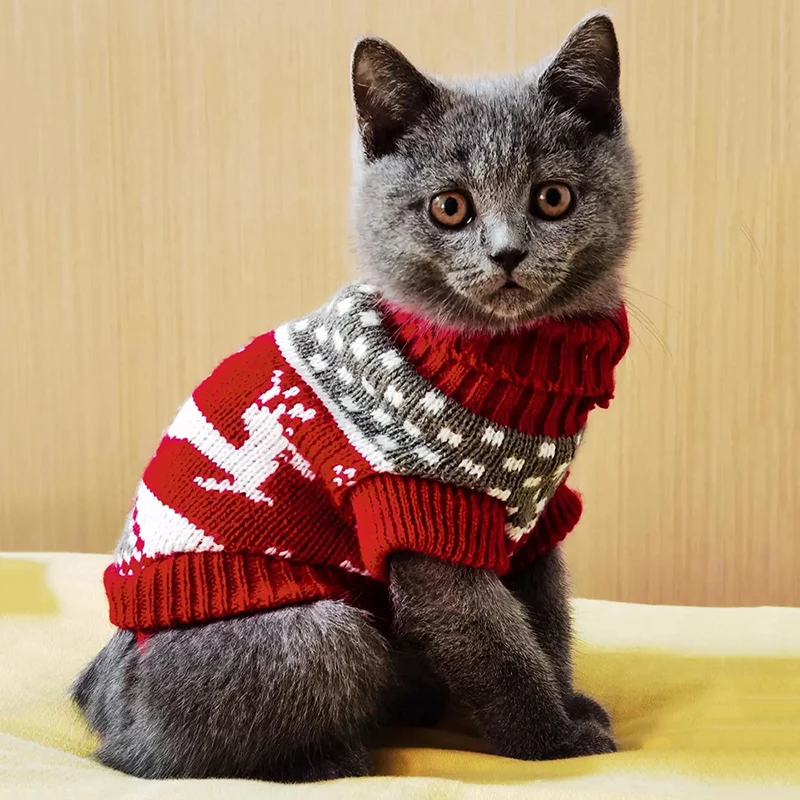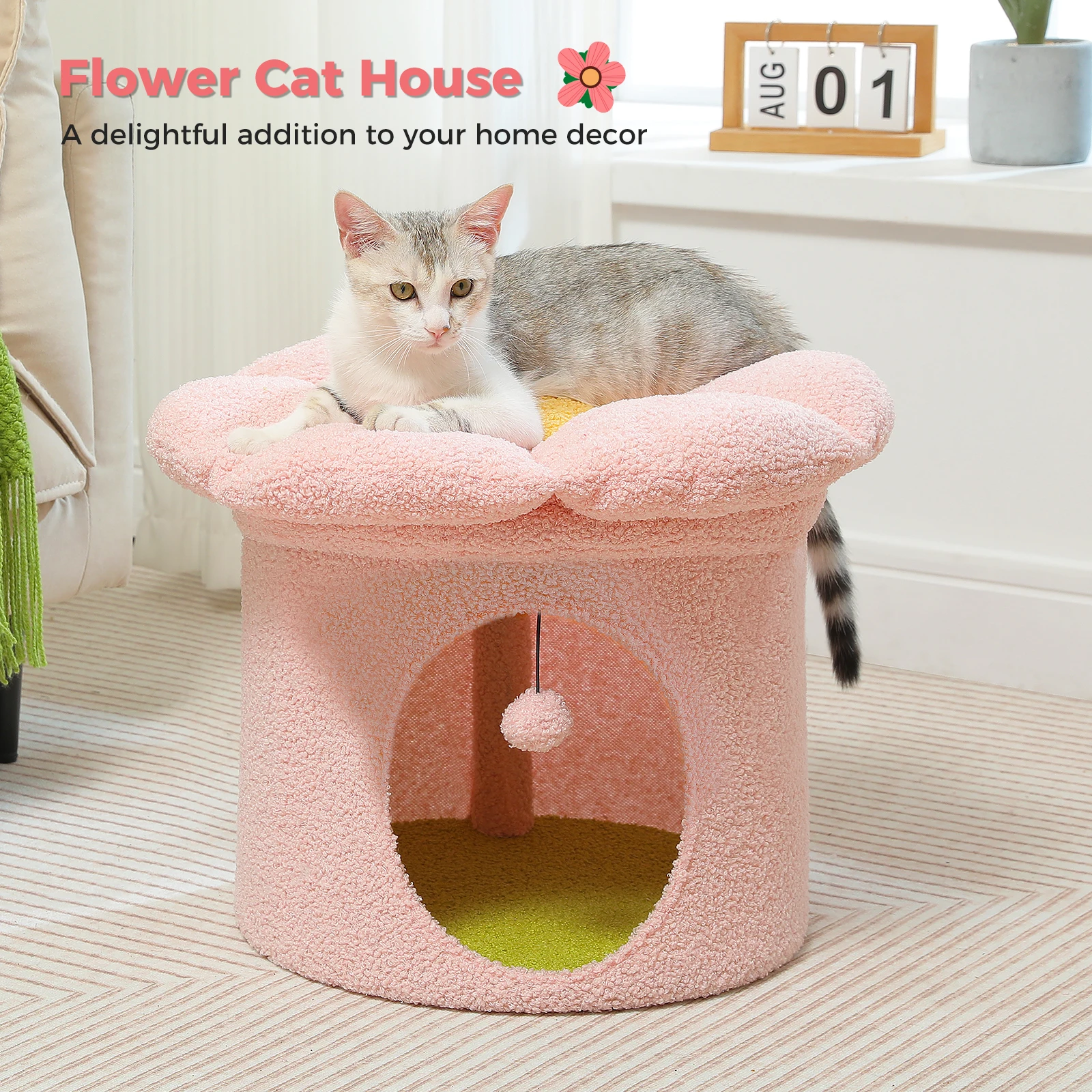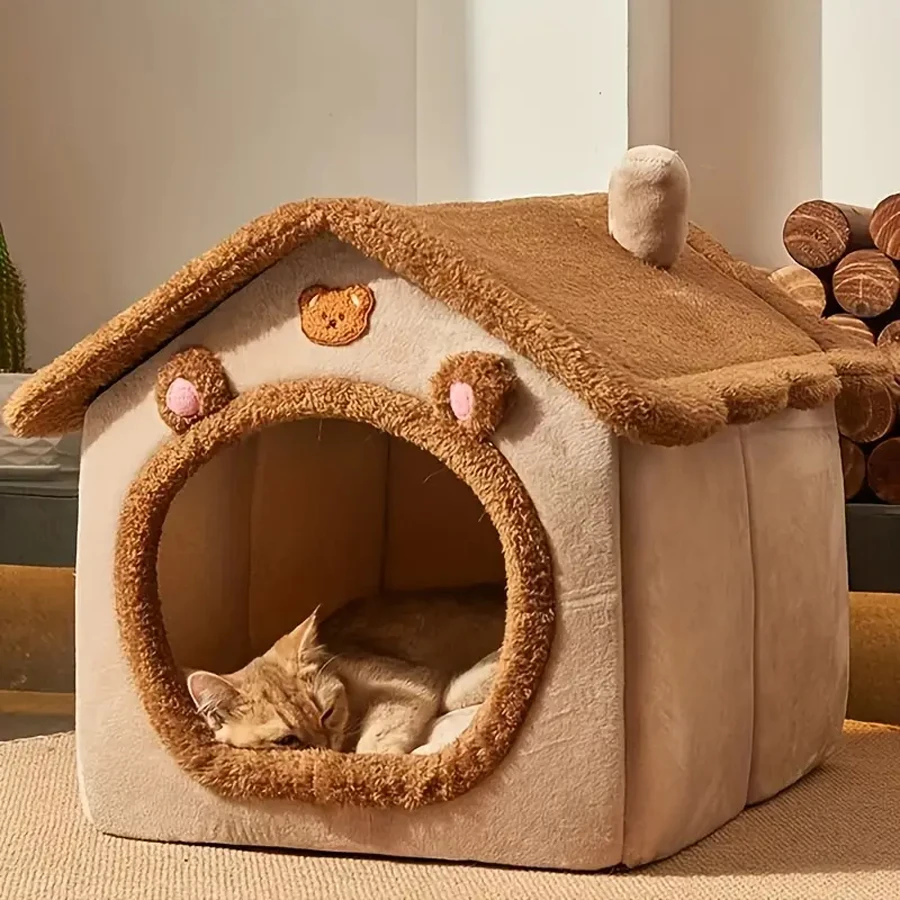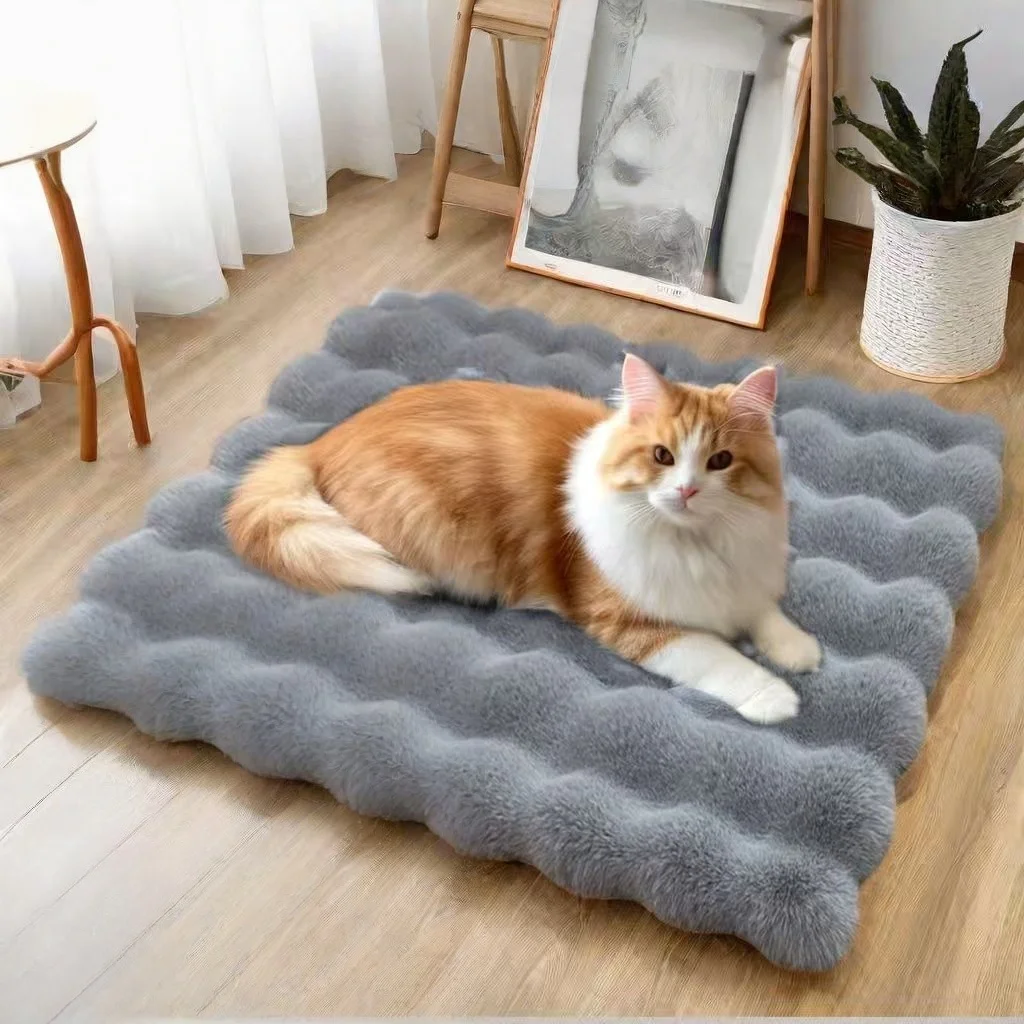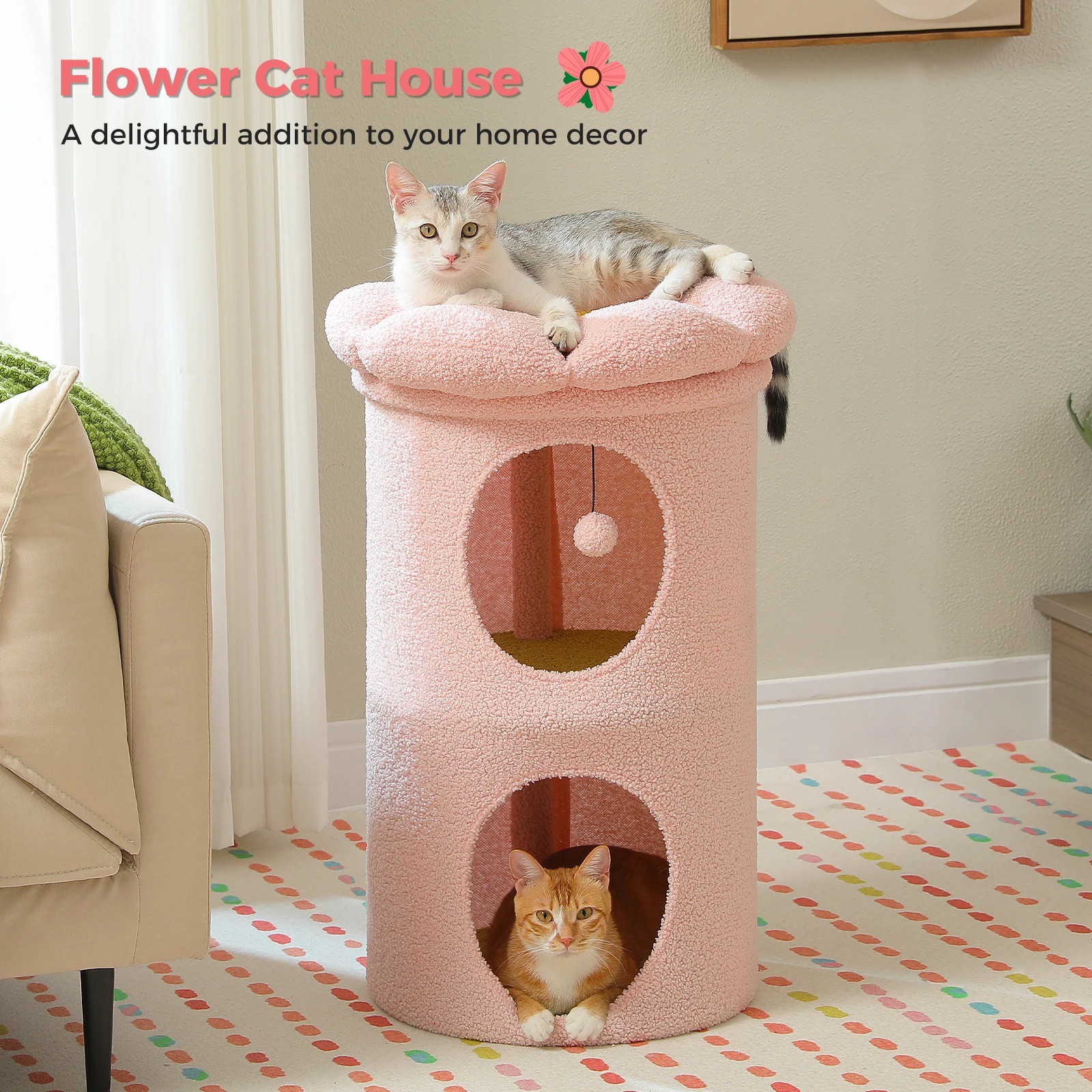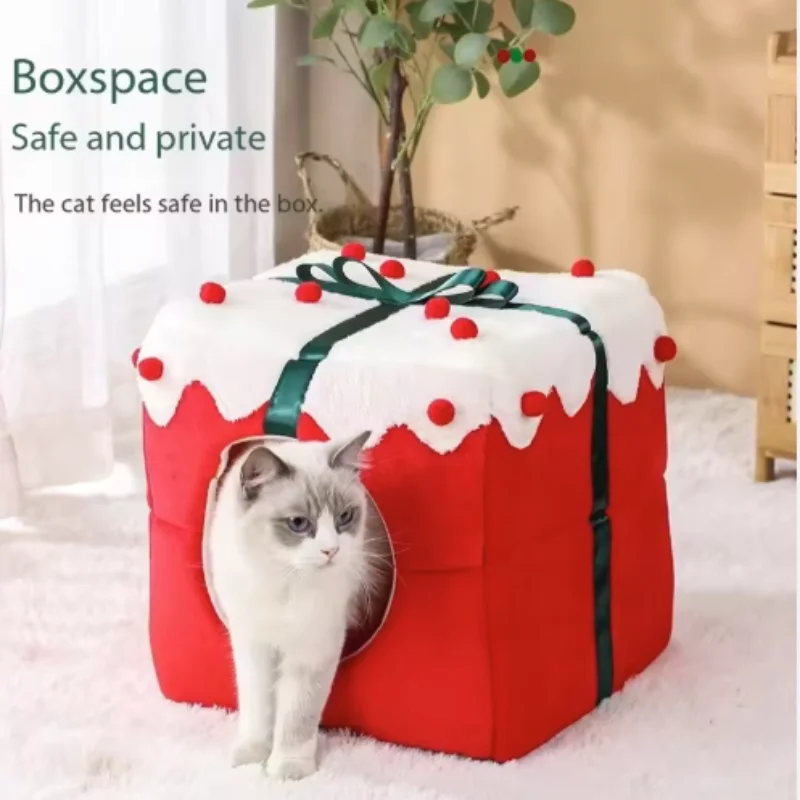The Feline Innovators of Architecture: Cats and Their Subtle Influence on Building Designs
- No Comments
In the world of architecture, inspiration can come from the most unexpected places, and one of the most surprising influencers in this field turns out to be none other than the common house cat. While cats are not typically associated with the grand blueprints and intricate designs of modern architecture, their presence and behavior have quietly shaped the way humans conceptualize and construct spaces. This unseen impact spans centuries, from ancient temples to contemporary urban buildings, revealing an intriguing symbiosis between feline instincts and human innovation.
Historically, cats have been revered in many cultures, from the divine felines of Ancient Egypt to the good fortune-bringing Maneki-neko of Japan. These cultural significances have often found their way into architecture, with cat motifs and statues integrated into structural designs as symbols of protection and prosperity. But beyond the decorative, it is the cats’ behavioral traits that have influenced the very layout and functionality of spaces.
One of the key areas where cats have indirectly influenced architecture is in the design of living spaces that accommodate their natural behaviors. Their love for exploration, climbing, and perching has inspired the integration of vertical elements in home designs. Architects and interior designers are increasingly incorporating catwalks, elevated shelves, and nooks into their plans, not only to cater to feline residents but to create dynamic and engaging environments for human inhabitants as well. These vertical spaces contribute to the efficient use of space, particularly in urban settings where square footage is at a premium.
Moreover, the concept of inside-outside living, which has gained popularity in sustainable architecture, borrows from the feline tendency to traverse seamlessly between indoor and outdoor environments. Cats, known for their curiosity and territorial nature, have encouraged architects to design homes that blur the lines between indoor comfort and outdoor freedom. This includes features like large windows, sliding doors, and garden terraces that provide the illusion of open space while maintaining the security and privacy of the indoors.
The influence of cats extends to the broader consideration of safety and comfort in architectural designs. The feline penchant for finding cozy, secure spots has prompted designers to think creatively about creating safe havens within a home. This has led to the development of architectural features that offer both aesthetic appeal and practical functionality, such as window seats, alcoves, and integrated furniture that serve as both design elements and comforting retreats.
In the realm of public architecture, the presence of cats in urban environments has also played a role. City planners and architects take into account the need for green spaces and communal areas that can serve as habitats for urban wildlife, including the ubiquitous stray cats that often roam city streets. These considerations lead to the incorporation of parks, rooftop gardens, and green corridors that enhance urban biodiversity and provide residents with access to nature, improving the overall quality of life in bustling metropolises.
As architecture continues to evolve, the subtle yet significant influence of cats remains a testament to the deep and often unrecognized connection between humans and their feline companions. Whether through the creation of cat-friendly homes or the integration of nature into urban landscapes, the ways in which cats inspire architectural innovation are varied and profound. They remind us that sometimes, the most impactful inspirations come from observing and understanding the natural world and its creatures, big or small. As architects continue to draw from these insights, the legacy of cats in shaping our living environments will undoubtedly endure, enriching both the spaces we inhabit and the lives we lead.
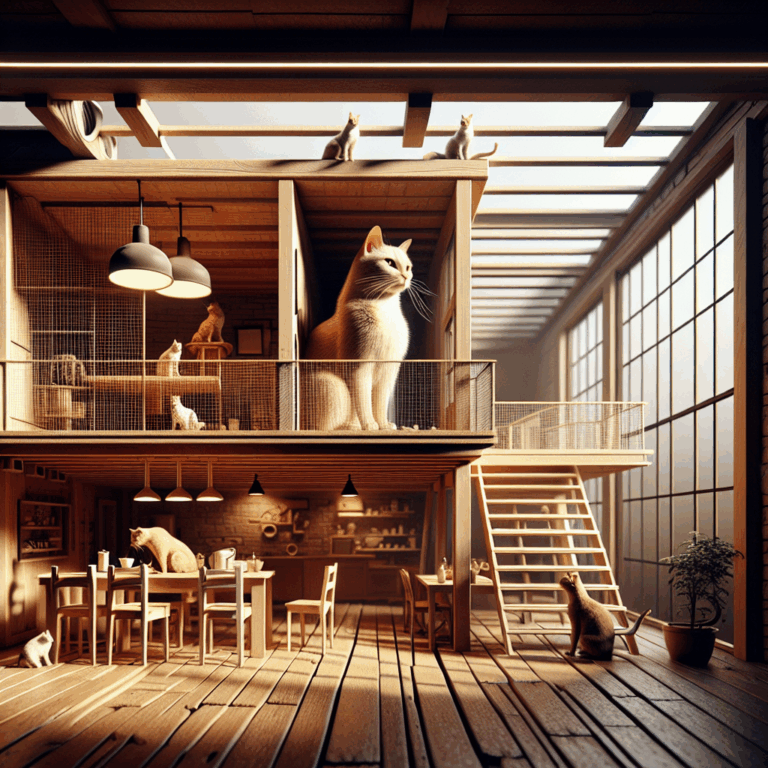
In the world of architecture, inspiration can come from the most unexpected places, and one of the most surprising influencers in this field turns out to be none other than the common house cat. While cats are not typically associated with the grand blueprints and intricate designs of modern architecture, their presence and behavior have quietly shaped the way humans conceptualize and construct spaces. This unseen impact spans centuries, from ancient temples to contemporary urban buildings, revealing an intriguing symbiosis between feline instincts and human innovation.
Historically, cats have been revered in many cultures, from the divine felines of Ancient Egypt to the good fortune-bringing Maneki-neko of Japan. These cultural significances have often found their way into architecture, with cat motifs and statues integrated into structural designs as symbols of protection and prosperity. But beyond the decorative, it is the cats’ behavioral traits that have influenced the very layout and functionality of spaces.
One of the key areas where cats have indirectly influenced architecture is in the design of living spaces that accommodate their natural behaviors. Their love for exploration, climbing, and perching has inspired the integration of vertical elements in home designs. Architects and interior designers are increasingly incorporating catwalks, elevated shelves, and nooks into their plans, not only to cater to feline residents but to create dynamic and engaging environments for human inhabitants as well. These vertical spaces contribute to the efficient use of space, particularly in urban settings where square footage is at a premium.
Moreover, the concept of inside-outside living, which has gained popularity in sustainable architecture, borrows from the feline tendency to traverse seamlessly between indoor and outdoor environments. Cats, known for their curiosity and territorial nature, have encouraged architects to design homes that blur the lines between indoor comfort and outdoor freedom. This includes features like large windows, sliding doors, and garden terraces that provide the illusion of open space while maintaining the security and privacy of the indoors.
The influence of cats extends to the broader consideration of safety and comfort in architectural designs. The feline penchant for finding cozy, secure spots has prompted designers to think creatively about creating safe havens within a home. This has led to the development of architectural features that offer both aesthetic appeal and practical functionality, such as window seats, alcoves, and integrated furniture that serve as both design elements and comforting retreats.
In the realm of public architecture, the presence of cats in urban environments has also played a role. City planners and architects take into account the need for green spaces and communal areas that can serve as habitats for urban wildlife, including the ubiquitous stray cats that often roam city streets. These considerations lead to the incorporation of parks, rooftop gardens, and green corridors that enhance urban biodiversity and provide residents with access to nature, improving the overall quality of life in bustling metropolises.
As architecture continues to evolve, the subtle yet significant influence of cats remains a testament to the deep and often unrecognized connection between humans and their feline companions. Whether through the creation of cat-friendly homes or the integration of nature into urban landscapes, the ways in which cats inspire architectural innovation are varied and profound. They remind us that sometimes, the most impactful inspirations come from observing and understanding the natural world and its creatures, big or small. As architects continue to draw from these insights, the legacy of cats in shaping our living environments will undoubtedly endure, enriching both the spaces we inhabit and the lives we lead.

